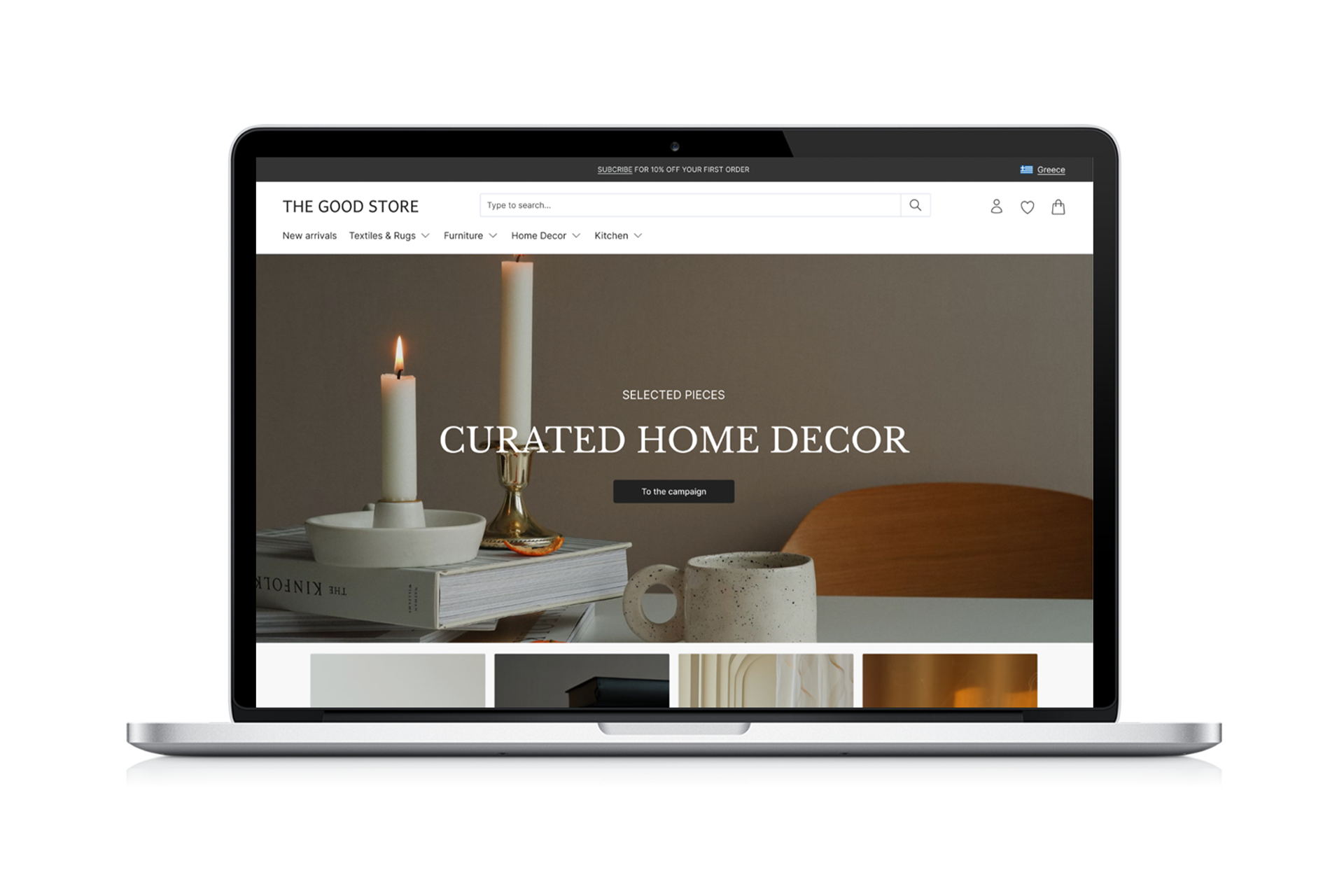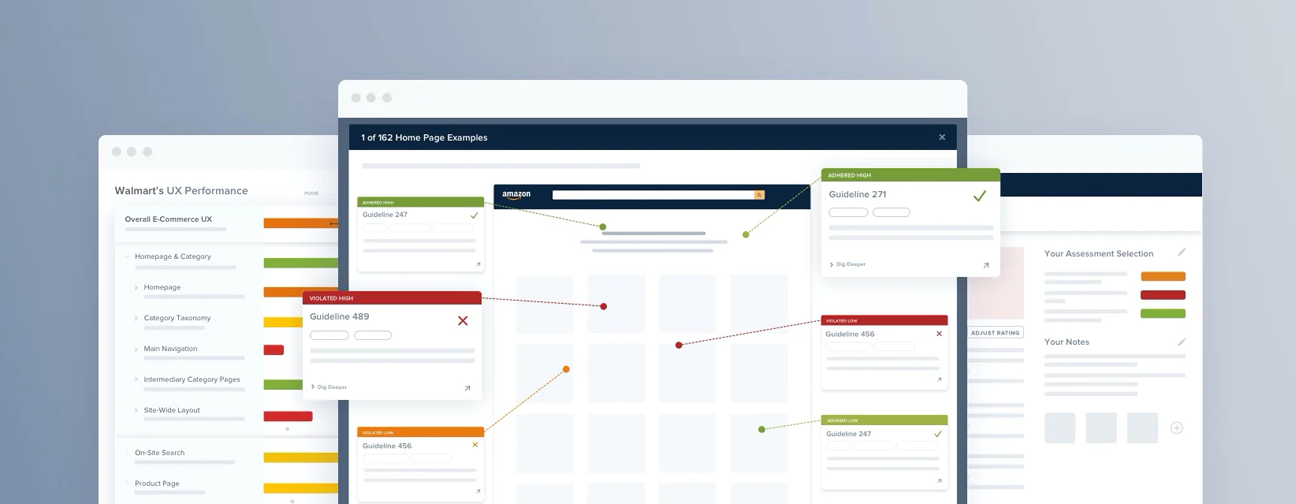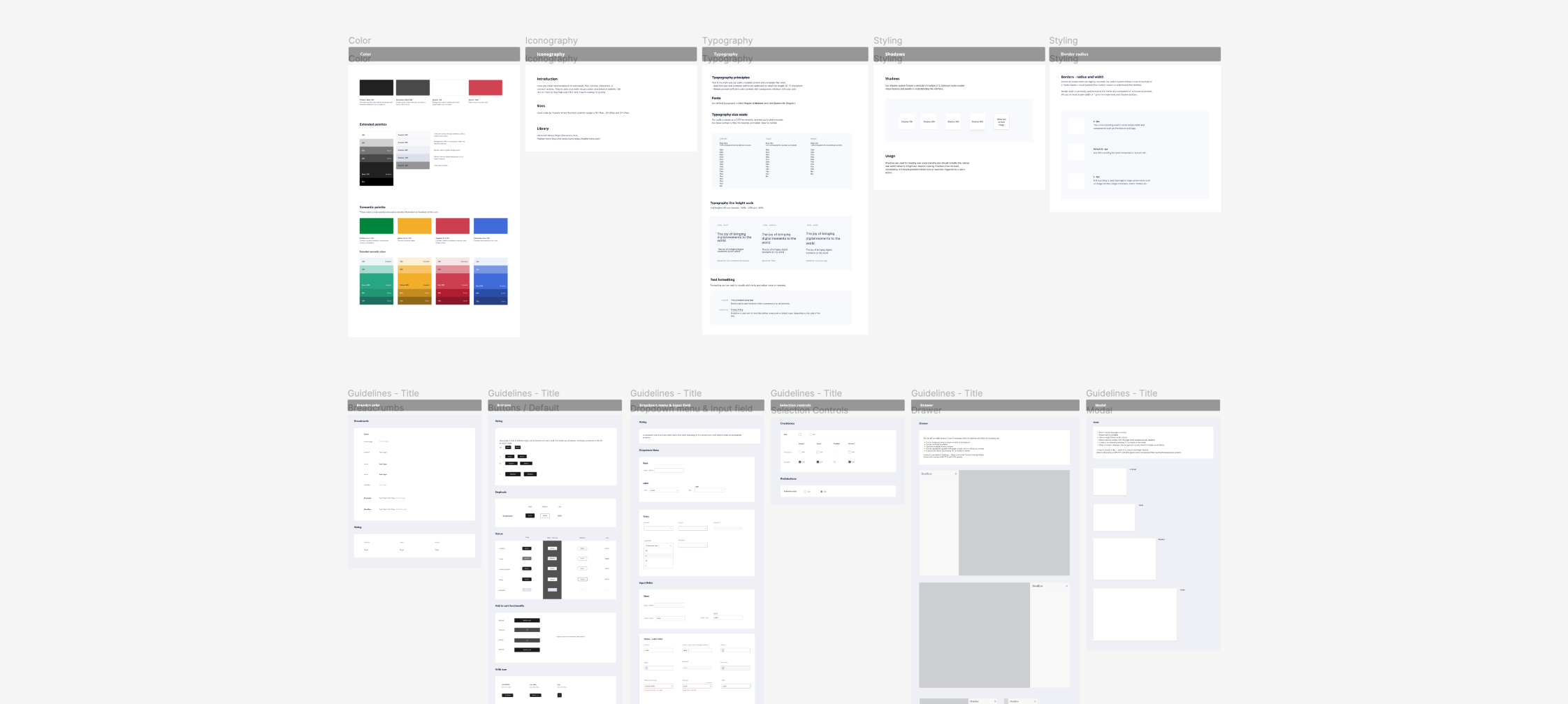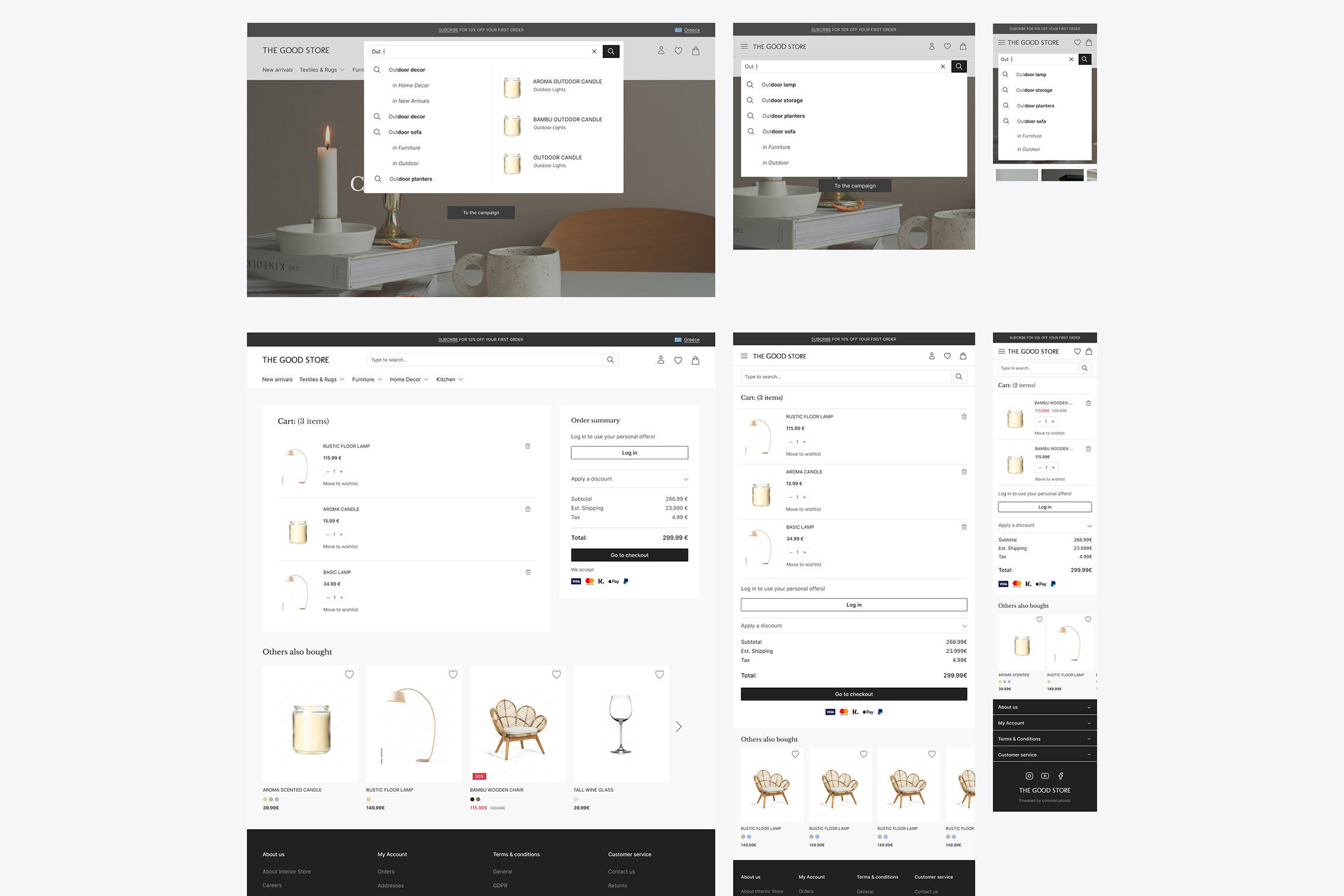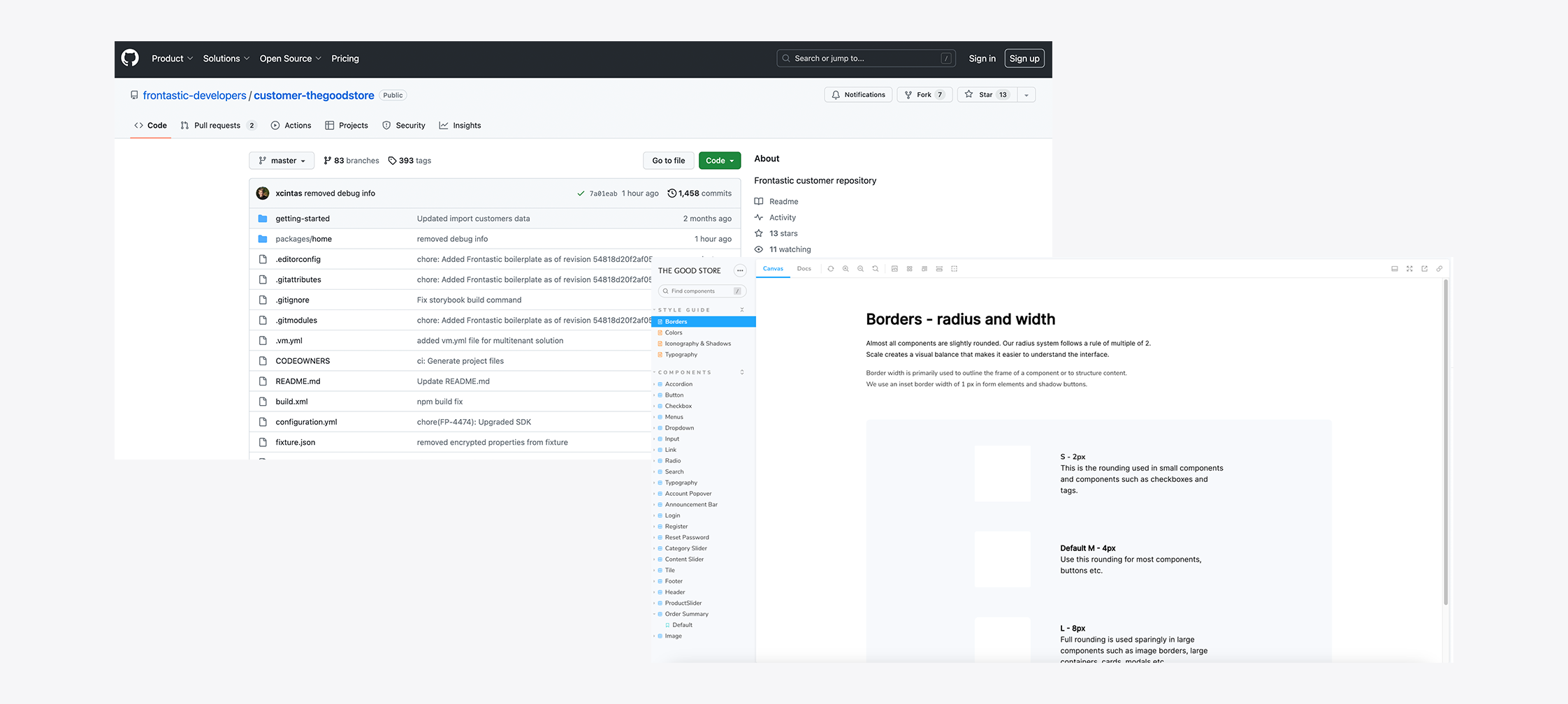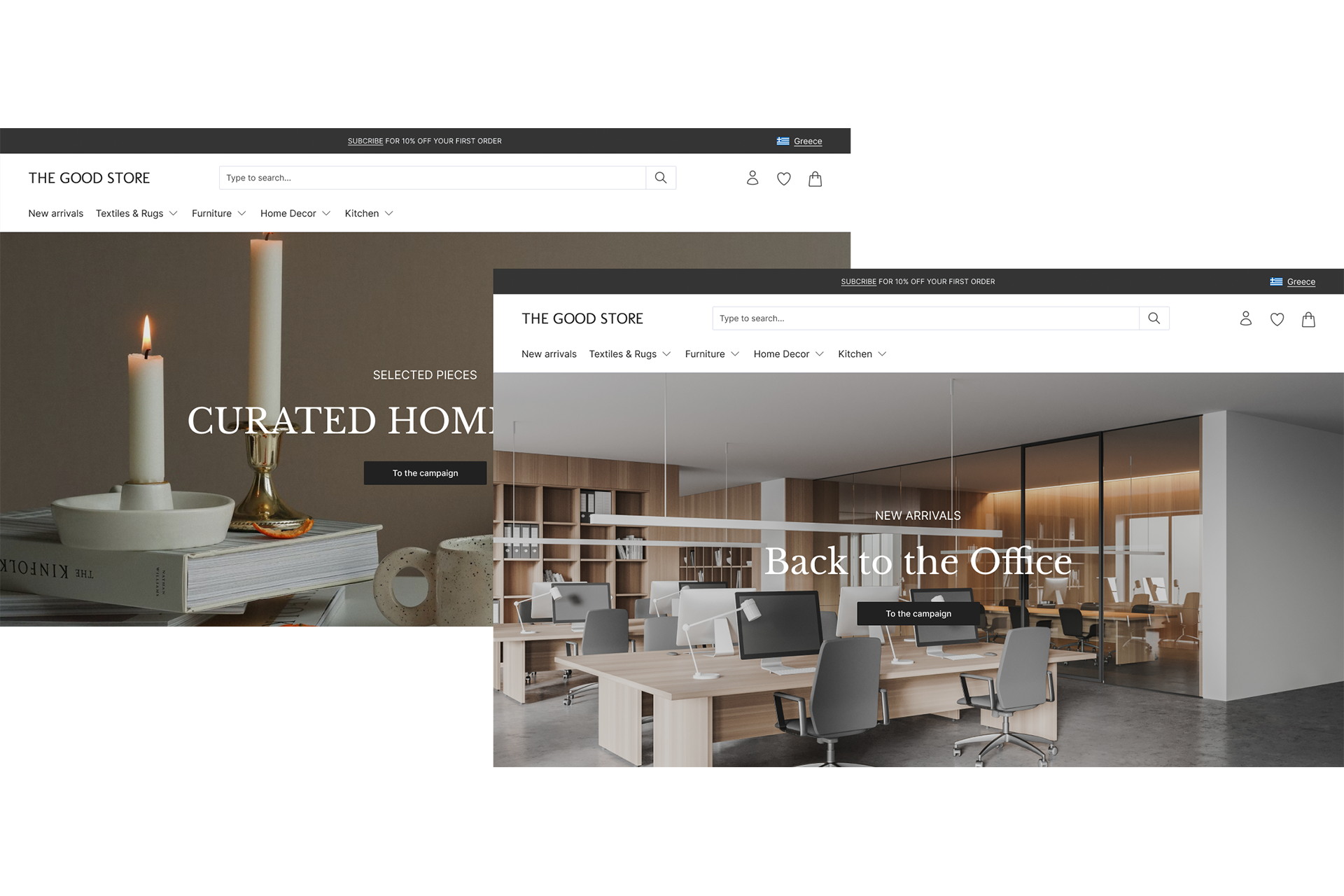Background
MACH architecture offers many benefits for Ecommerce businesses, including decoupling of the presentation layer (the frontend) and the data layer (the backend). This allows for greater flexibility and scalability, as well as faster time-to-market. The development time of an Ecommerce Frontend will vary depending on several factors, such as the complexity of the design and features, the size of the development team, and the amount of pre-existing code and Templates.
To address the need of fast time-to-market, we created Frontend Templates to accelerate customer development time and leverage Ecommerce best practices to enhance conversion rates and lower cart abandonment. The release achieved three notable outcomes: it shortened the development time for sales demos, accelerated the development process for our customers, and resulted in a 50% surge in sales of the commercetools Frontend product.
Blogpost: commercetools Frontend
